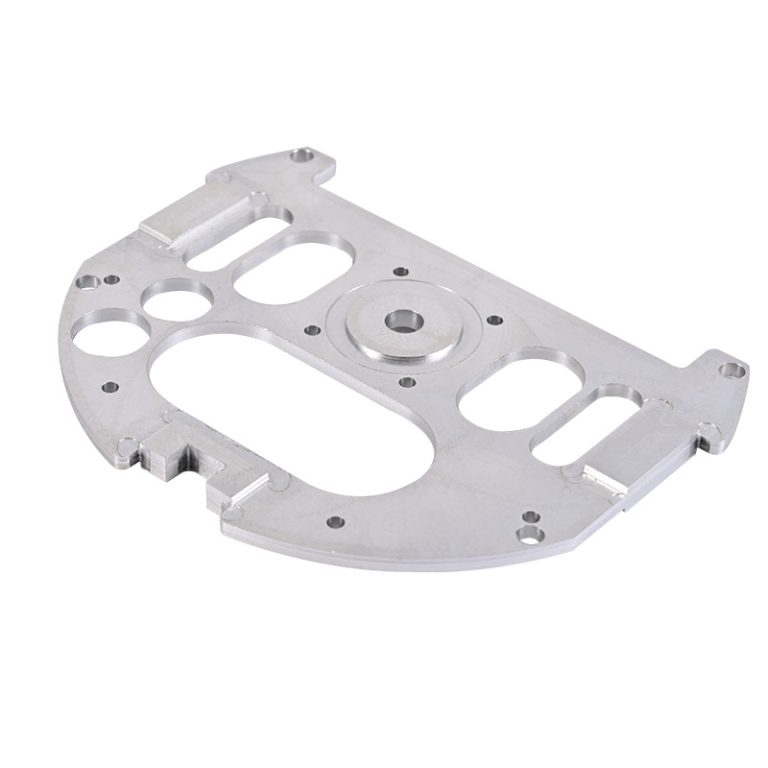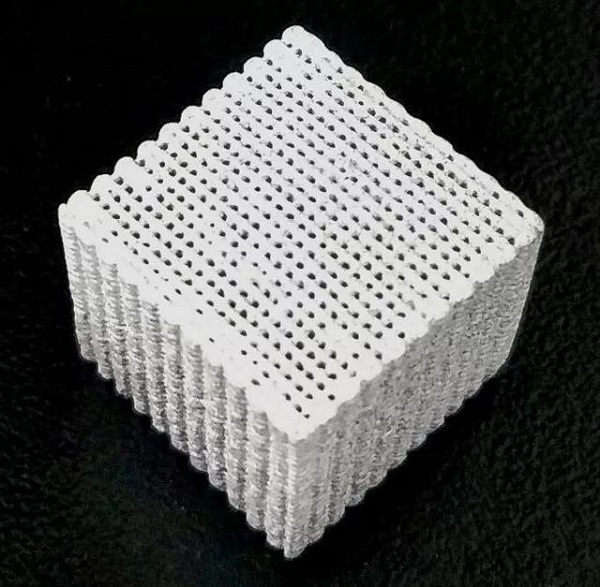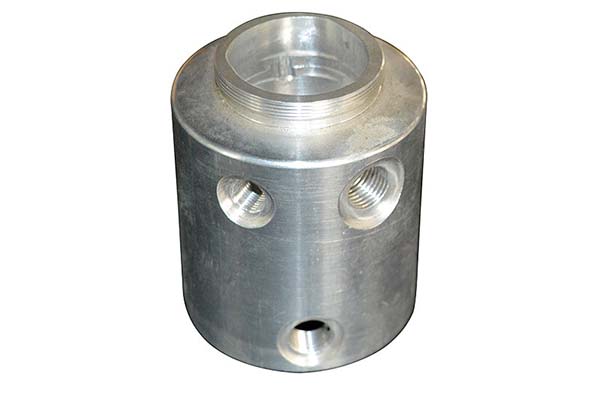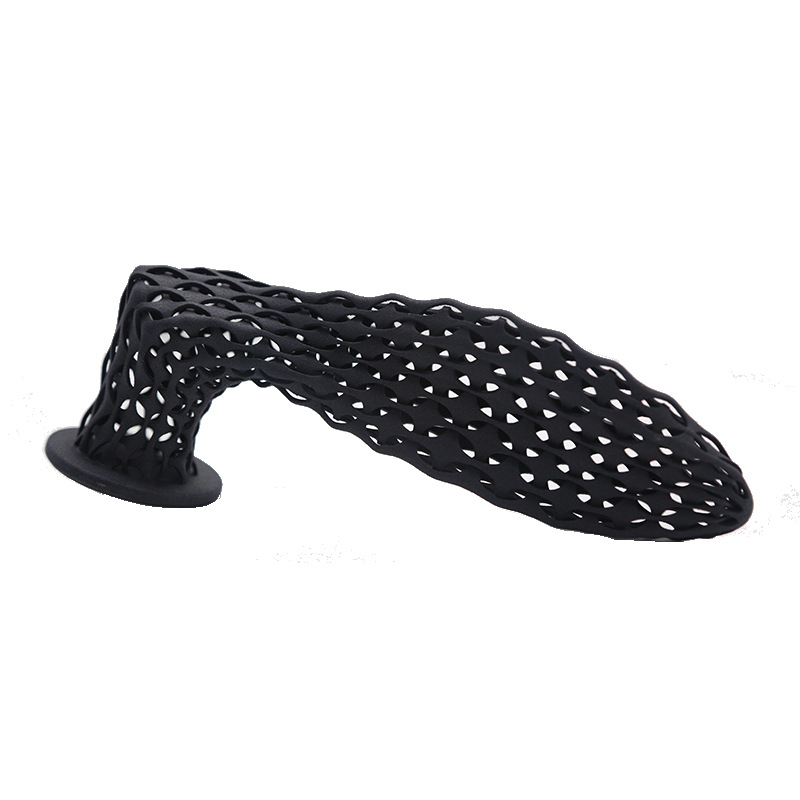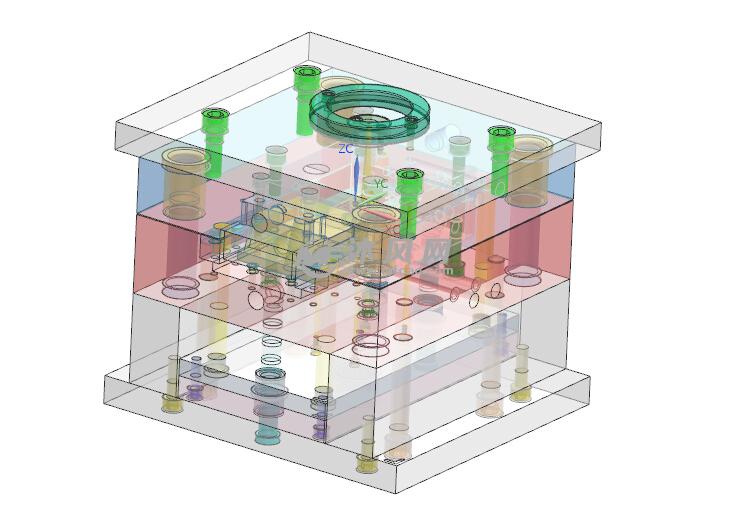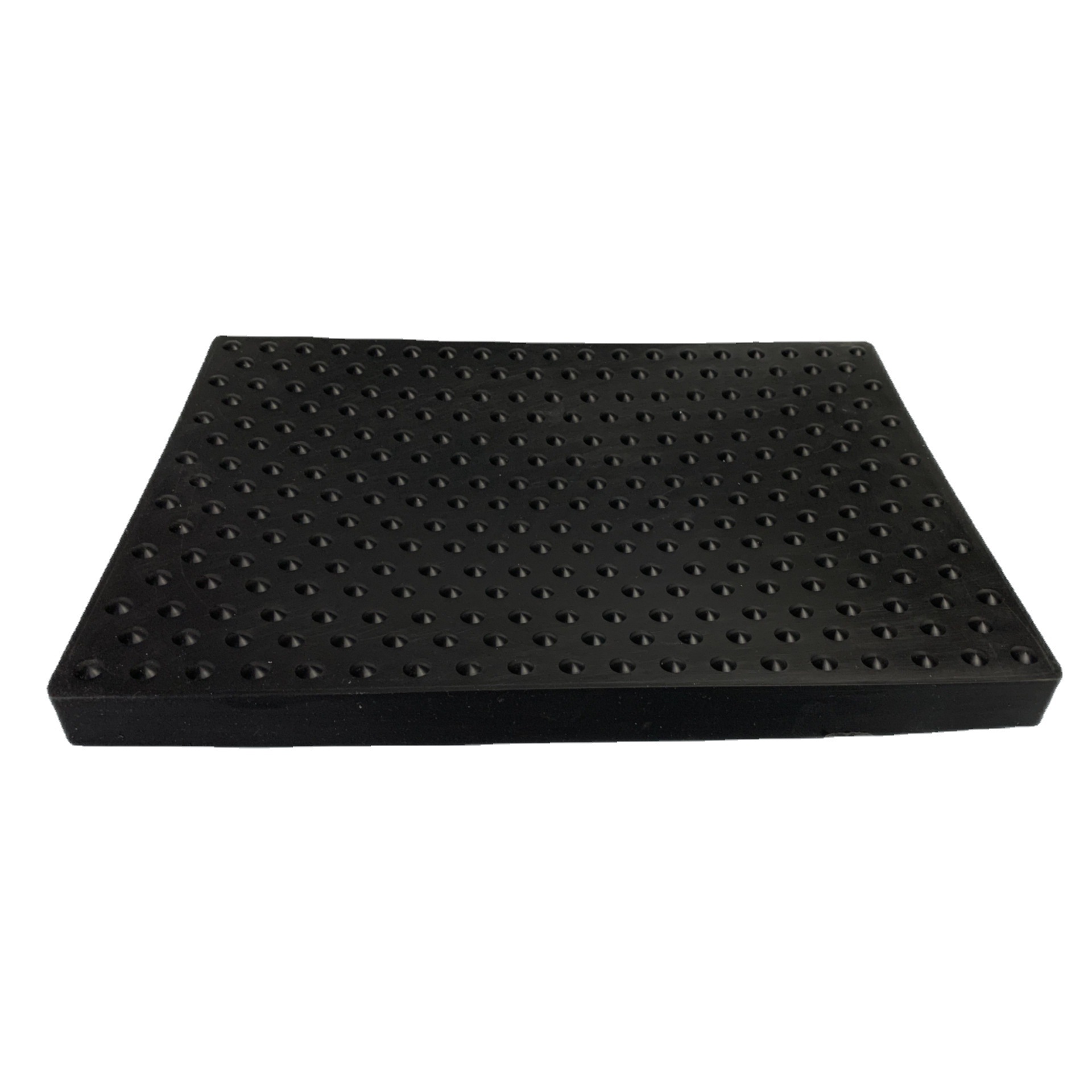Introduction to 3D Printing
3D printing, or additive manufacturing, is revolutionizing the prototyping process by providing faster, more efficient, and highly customizable methods for creating physical models. Unlike traditional subtractive manufacturing, which removes material to shape an object, 3D printing builds products layer by layer from a digital design. This innovation is reshaping industries by enabling rapid iterations, reducing costs, and expanding design possibilities.
Traditional Prototyping Methods vs. 3D Printing
Traditional Prototyping Methods
Prototyping historically involved methods such as:
- CNC Machining: Precise but time-intensive and material-wasteful.
- Injection Molding: Ideal for mass production but expensive for one-off prototypes due to tooling costs.
- Handcrafting: Labor-intensive and limited in complexity.
Challenges in Traditional Prototyping
- High Costs: Setup for traditional methods, like molds and tooling, is expensive.
- Long Lead Times: Weeks or months are often needed for prototype creation and refinement.
- Limited Design Flexibility: Complex designs are difficult or impossible to achieve.
Advantages of 3D Printing in Prototyping
1. Speed and Efficiency
3D printing drastically reduces the time required to produce prototypes:
- Prototypes can be printed in hours compared to days or weeks using traditional methods.
- Faster iterations allow designers to test and refine ideas quickly, accelerating the product development cycle.
2. Cost Savings
- Eliminates the need for expensive molds and tooling.
- Minimal material waste due to the additive nature of the process.
- Lower costs make prototyping accessible to startups and small businesses.
3. Design Flexibility
- Creates complex geometries, including intricate internal structures, with ease.
- Enables the production of functional prototypes that closely mimic the final product.
- Allows for rapid adjustments and customization based on feedback.
4. Ease of Testing and Refinement
- Produces multiple design variations quickly for comparative testing.
- Provides functional models for hands-on evaluation and real-world testing.
Applications of 3D Printing in Prototyping Across Industries
Aerospace
- Weight Reduction: Lightweight components reduce fuel consumption and improve efficiency.
- Rapid Iteration: Complex parts for engines and systems are tested and optimized faster.
Automotive
- Custom Components: Prototypes for parts are tailored to specific design needs.
- Faster Development: Reduces lead times for creating and testing new vehicle models.
Medical
- Patient-Specific Models: Anatomical models enable precise surgical planning.
- Custom Prosthetics: Rapid prototyping of personalized prosthetic devices improves patient outcomes.
Consumer Goods
- Innovative Designs: Allows companies to test new product shapes and functionalities.
- Packaging Prototypes: Designs are evaluated and iterated upon for optimal consumer appeal.
Case Studies Highlighting Success in 3D Printing Prototyping
Adidas
- Customized Footwear: Developed 3D-printed midsoles for improved performance and comfort in their sneakers.
NASA
- Space Mission Parts: Created functional prototypes and components for spacecraft, reducing production costs and lead times.
Tesla
- Electric Vehicle Innovation: Used 3D printing to refine designs for faster market readiness.
Challenges in 3D Printing for Prototyping
1. Material Limitations
- The range of materials suitable for 3D printing, especially for functional parts, is growing but remains limited compared to traditional methods.
2. Post-Processing Requirements
- Many 3D-printed prototypes require additional processing to achieve desired surface finishes or mechanical properties.
3. Scalability
- While excellent for prototyping, scaling 3D printing for mass production can be challenging and may require hybrid approaches.
Future Outlook for 3D Printing in Prototyping
Advancements in Materials
- Development of new materials with enhanced strength, flexibility, and biocompatibility.
Integration with AI and Simulation Tools
- AI-driven design optimizations can further enhance prototyping efficiency.
- Virtual simulations can predict performance, reducing physical prototype iterations.
Larger-Scale 3D Printing
- Innovations in large-format 3D printers enable rapid prototyping of larger components or assemblies.
Conclusion
3D printing has fundamentally transformed the prototyping landscape by making it faster, more cost-effective, and versatile. Its ability to produce complex, customized designs quickly has driven innovation across industries, from aerospace to consumer goods. As the technology advances, its integration with AI, new materials, and large-scale applications will further enhance its capabilities, cementing 3D printing as an indispensable tool in modern product development.
